At our first stop, just downhill of the Dry Lot.

Kit explaining where we'd be going on the big map.

Steve Cassady (AZGFD) explaining how black-footed ferrets fit in with prairie dogs in the range.

We stayed in the cookhouse for about 30 minutes discussing the plan for the day and answering questions about prairie dogs, black-footed ferrets, and general ranchland management.

Kit leads the way! We were thrilled to have long-time friends Dan Daggett (l) and Jim Parks (r) come on this tour.

There are prairie dogs here, but not as many as in other parts of the ranch.

We stayed here for nearly an hour, talking about both small and large wildlife as well as the impact of "wildlife projects" on the ranch and livestock.


From L-R: Jim Parks, Alan Kessler (Flying M), Bruce Johnson, Joey Dahms (NRCS), and Arnie Schlittenhart (Farm Services Agency County Executive Director).

Andrew brought his experience as an Cooperative Extension Agent all the way from Kingman!
From L-R: Steve Cassady (AZGFD), Iric Burden (NRCS), Andrew Brischke (Coop Extension)









A prairie dog hole. Notice the bare soil around the hole.


Our second stop was past Roosevelt Tank.

This stop was to show a heavily-denuded landscape due to prairie dogs.



Our discussions here were mainly about how landscape changes over time, based on both grazing practices and wildlife presence.

Jim found grass!



Our third stop was closer to HQ, past Number 2 Center. This was to display the differences between landscape 'treated' (removed juniper tree) for wildlife management, and land that hasn't been surveyed and actively managed.





Our discussions here ranged from the history and purpose of the grassland restoration to how the ranch interacts with other ranches, like the Raymond Wildlife Area (buffalo).








































